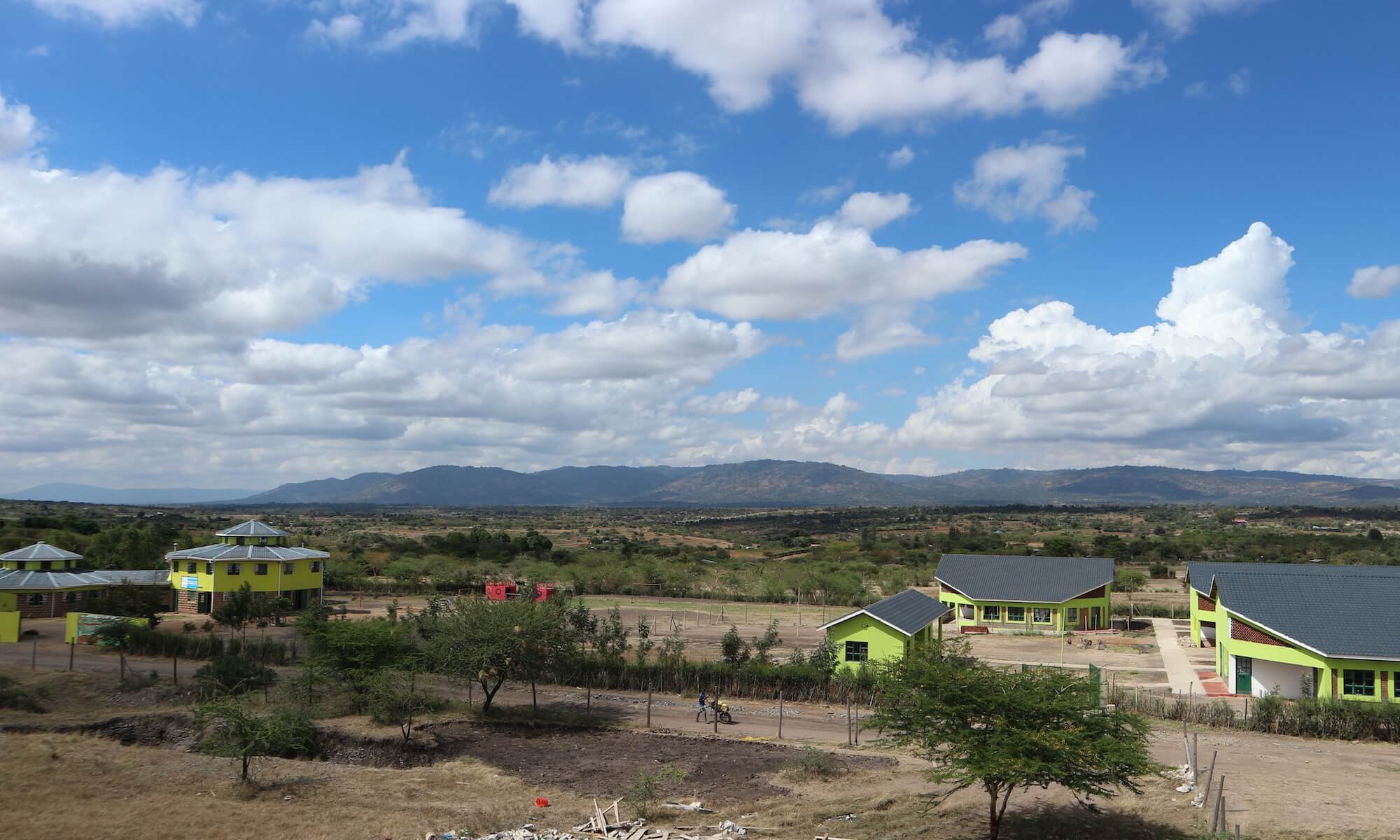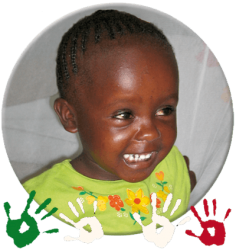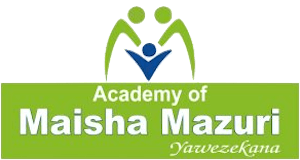Habari yako kutoka kenya!! (Hello from beautiful Kenya!)
My name is Veronika Berndl, I’m 24 years old and I live in Edling. I would describe myself as an absolute fire brigade fan and spend almost all my free time there. I am also the local chairman of the Junge Union Edling and active in the Rott am Inn water rescue service. I have just completed my secondary school teacher training course for mathematics and economics and in September the practical part of the teacher training, the traineeship, will begin for me. For this interim period I was looking for a meaningful job, and even more, I fulfilled a long dream. Because I’ve known the Hand-in-Hand-for-Kenya association around Jürgen and Barbara Hansen for a long time.
To anticipate one thing straight away: I never thought (and never thought before my trip) that I could “improve the world” during my 9-week stay. This is probably the main reason why I chose Hand in Hand for Kenya as a volunteer project and why this project has fascinated me for a long time.
Together – Sustainable – Education
To put it very simply, one could say as follows: What good is a sack of rice donated from Germany if a population is suffering from hunger due to a drought? Yes, it satisfies hunger. Unfortunately, it satisfies hunger just as long until the sack of rice is finished. After that it is usually the same starting position as before.
After spending some time with the Hand-in-Hand-for-Kenya association, I realized that the association’s volunteers are trying to take a more sustainable path. The project near Nairobi is a collaboration with the population. Investments by the association should involve the population, create new jobs and set an example. It’s not about creating a “perfect” project according to German ideas and saying that this is the one, the right way. The association tries to achieve small, sustainable improvements with simple small steps in mutual cooperation. An example of this is the farm (called Shamba) that supplies the children’s home and schools. The farmers in the region use fertilizers that they buy from abroad at very high prices. Fertilizer prices are increasing and farmers’ earnings are decreasing. Thus, the farmers are dependent on foreign investors, on whom their entire existence depends. Farming in Maisha Mazuri is purely ecological, the fertilizer is produced in a composting facility using manure and organic waste. Together with the Kenyan people, ideas were developed on how to improve conventional cultivation methods, how to prevent the soil from being leached out and how to reduce dependency on other countries. The rule is not “whoever pays, buys”, because without mutual understanding no sustainable change can take place. We all find it difficult not to point fingers at Kenyans when they carelessly throw their rubbish on the ground. But how can we allow ourselves this judgement, if only a few years ago we committed so many environmental sins ourselves? And don’t we still see countless discarded McDonalds bags on the side of the road? The Maisha Mazuri project shows that the waste can still be used for valuable compost. The children learn that plastic waste can be eaten by their goats and cows, making them sick. Commonality. Consistent. Training.
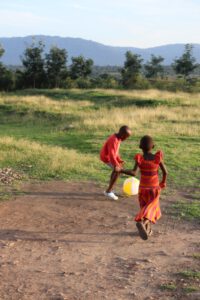
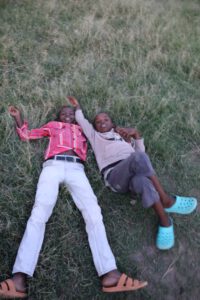
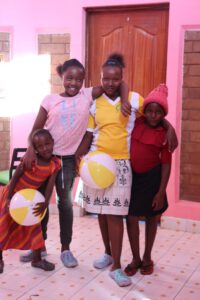
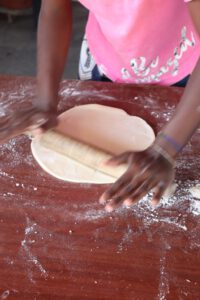
A journey into the unknown
My little adventure started at the beginning of April and my journey into the unknown began with a mix of excitement and anticipation. When I arrived at the Maisha Mazuri Children Center late at night after a long journey, the children were already asleep and after a very warm welcome from the staff, I fell into bed dead tired too.
The Maisha Mazuri Children Center currently accommodates 38 children between the ages of 7 and 17. It is about 1.5 hours drive east of Kenya’s capital Nairobi and is very rural. Children who find refuge here have previously lived on the streets or slums in Nairobi. They had no roof over their heads, their parents are either dead, addicted to alcohol or drugs, or otherwise unable to care for their children. In Maisha Mazuri, the children have found a safe home where they can be children, go to school, and learn a sense of community and responsibility.
For me, the culture shock was probably not as great as for many other Africa newcomers. I already know the continent of contrasts from a few trips to Africa. I know what it smells like when plastic is burned on the streets, how things are at the markets where German food standards are not fully observed and the way of living is not accurate to the centimeter. Nevertheless, it was a big adjustment to go from the usual environment to a completely new way of life. Due to the warm nature of the Kenyans, the loving care of the local employees, the well-organized and extremely hard-working support of the association and these incredibly lovable children, I can say after just one and a half weeks that I feel at home!
Books mean education – education means future
The first small project I wanted to do was to improve the existing library. The library is a small bookshelf consisting of English language books that the volunteers have brought for the children on their travels. You can imagine that if 40 children read the same books over and over again over the years (usually used upon arrival), these will have some signs of wear. Together with the older children, I began to fix the books and complete all the books on our library lists. Some books (especially the popular Harry Potter books) now consist more of scotch tape than paper, but that too is a kind of sustainability 🙂
In our library project, the older girls said they had already read all the books. I also noticed that there were hardly any books for the smaller children. I found that very unfortunate! Books mean education and education in particular is so crucial for the future of children.
Spontaneously I had the idea to start a small call for donations via Whatsapp and what can I say: Over 400€ were raised for our library! Thank you all!! With that much money you can buy a lot of books in Kenya. On a market day I went looking for books with the teacher Glorious and together we chose 18 books in English and Kiswhahili. (There is still a lot left of the money that I would like to invest little by little.)
Back at the Children’s Center I began my project to integrate books and reading more into everyday life. With the older children, it happened all by itself: the books were almost snatched out of my hand, everywhere in the area I could spot children reading quietly to themselves and at dinner there was a deal about who gets to read which book next, when previous reading “finally” finished.
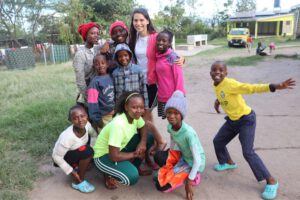
I wanted to persuade the younger children to read aloud and always began to gather a few children around me and read one of the new books aloud. Some children joined in immediately and began to listen to the stories. Other children, such as little Kathrin, were not at all interested in the books. It took me a while to realize that these kids just didn’t know how to read aloud. So I started reading the stories again and again and lo and behold, after a week Kathrin came up to me and shouted “Book, Book”. I started to read her the story of little Bodo who can’t fly and that evening I had to read the story six more times!! So you can see how important these projects are to the children and I want to say thank you to everyone who was so committed to this project and donated to our library! Asante sana!
Your Vroni Berndl
PS: If you want to know more about the Hand-in Hand-for-Kenya-project or would like to see videos and pictures about the daily life of my volunteer time, have a look at Instagram handinhand4kenya.
